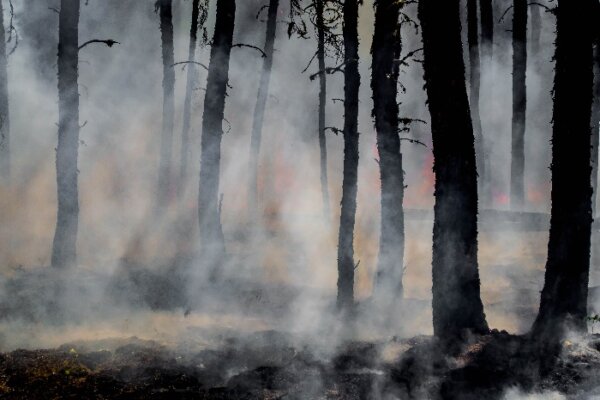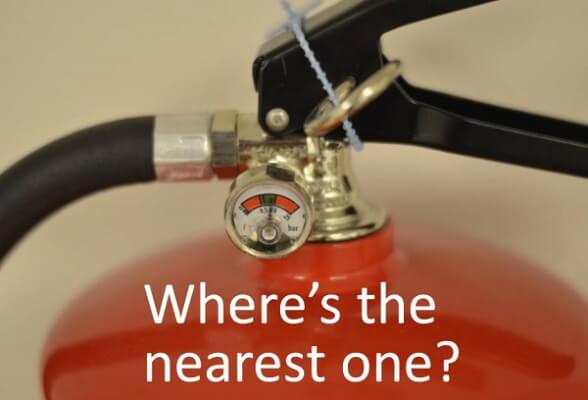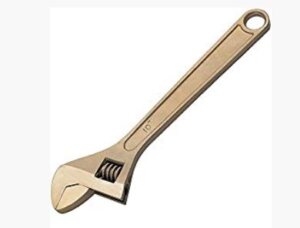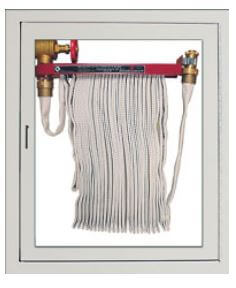Fire News

News often drives these Advisories. You can’t have escaped the latest headlines about summer heat and summer fires. The following selected statistics from various fire news sources will give you an idea of what to expect this summer.
First, sobering statistics on the fire front — and they threaten to continue.
- Fire season – what’s changed? Last season’s California fires were some of the biggest ever seen. Already this year, fires are burning faster and hotter and earlier. Summer fire season used to start in May. Now fire “season” is all year long.
- High temperatures – how high? This year heat waves with triple-digit temperatures have hit most western states and even western Canada, setting records and breaking them the next day. (Are you familiar with “heat dome?” The NOAA defines it as “when the atmosphere traps hot ocean air like a lid or cap.” Read more on the NOAA site and you’ll see that it’s all because the Pacific Ocean has heated up faster than the Atlantic. Expect more about heat domes in upcoming fire news.)
- Drought – again? High temperatures added to dry vegetation make fires more extreme. Two-thirds of western states are in a drought. In California, 85% of the state is in a drought. The Governor has already called for 15% cut-back in water usage.
- Deaths – Dozens! People have died from these extreme temperatures – because they didn’t have A/C and because they didn’t know how to take care of themselves, or couldn’t. And of course there have been deaths due to the fires, too. The whole situation is sad and distressing.
By contrast, is there any good fire news?
Some. You may want to find out more about each of these!
As mentioned above, the fire season is now officially 12 months long. The Federal Budget has increased funding for permanent firefighter staffs. This means departments can do a better job of planning.
Meanwhile, new technologies are coming online to improve fire detection and firefighting. Drones are a good example. They can find fires (with the help of specialized cameras), assess conditions and direct fire fighters. New apps have been developed, for professionals and citizens, which show fire locations, evacuation zones, current evacuation alerts, and up-dated escape routes. Artificial Intelligence is being harnessed to capture and analyze information from cameras, current and archived weather data, satellite images and modeling tools to predict the likelihood of fire conditions wind patterns, utility service, and more.
All these have potential, of course, but until there are some massive breakthroughs, it looks as though we are going to experience more and more extreme fire seasons.
What can we do today here in our neighborhood?
This question prompts me to write every week! What can I do? What can my neighbors do, working together? How can we make use of good guidance and professional resources?
The news in this Advisory, and the emergency situations described below, are meant to help you step up to a higher level — of knowledge and of readiness. Like much of what you see here in Emergency Plan Guide, this Advisory assumes you already know most of the basics. So you can consider these items as extra credit!
How many fire extinguishers should you have in your home?

“More than you need.” CERT training suggests you attack a fire with a buddy. You both should have extinguishers, both pins should be pulled, both extinguishers tested BEFORE you attack the fire. When you’re ready, approach the fire, aiming at the closest lowest edge. Get it put out quickly! Your 2.5 lb. ABC extinguisher will only discharge for approximately 9 seconds! (5 lb., 14 sec.; 10 lb., 22 sec.) Find out more about extinguishers here. It tells about a special meeting we held, plus has a recommendation for a good deal on purchase.
Fire Alert! Wildfires can blow up out of control within as short as an hour, People need all the advance notice they can get in case they need to evacuate. Can you name three ways YOU will get warnings about fires?
Everyone should be familiar with and able to get multiple alerts: text and phone alerts from Federal and local jurisdictions, news from public airways, and messages from their place of work. We’ve written before about emergency alerts. Be sure you are signed up if signing up is required! Promote signing up as a community or neighborhood activity. Be aware that PEOPLE WITHOUT INTERNET ACCESS MAY NOT GET ALERTS, particularly if power is out!
Possible gas leak from earthquake! Clouds of dust! A gas line valve needs to be turned off, but you know that a spark could set off an explosion or fire. What tools do you use?

You use non-sparking tools — wrenches, hammers, etc. They are made of Aluminum-Bronze (Al-Br) or Copper-Beryllium (CuBe) alloys. (The gold-colored handle might as well be gold, for the price!) If you need non-sparking tools for the job, though, you’ll be thankful you have them.
Wind is pushing embers out miles in front of an advancing wildfire! You don’t expect to have to evacuate, but embers could certainly start a smaller fire. What is the latest fire news for removing vegetation fuel outside the home?
“Keep vegetation 1 foot away from the house, keep plants/bushes trimmed up 2 feet off the ground.” Get all the guidelines at FireWise. (And get rid of all Juniper bushes – to quote the firefighter giving one of the recent presentations I attended, “They are a roman candle ready to explode.”)
A small fire starts in an older public building. The fire department has been called. People are getting safely out. You notice a fire hose and standpipe right there. Are you allowed to use this hose to keep the fire from spreading?

According to my firefighter host – and supplemented by online research – small hose (1 – ½ in.) already connected to standpipe systems are designed for use by “trained building occupants.” If you feel you are “trained,” and you can safely stop an incipient fire from growing, take action. Open the case, turn on the valve, pull the hose all the way out, turn on nozzle and aim water at base of fire. You may have put the fire out before professionals even arrive. (P.S. They will be bringing their own, heavy-duty equipment.) Thanks to Guardian Fire Equipment for the photo. And here’s more info about these systems (no longer required but still found) with a quiz to finish up with.
Next steps
Every one of the questions above can be turned into a comment, an article, a show-and-tell, a flyer, a study session – perfect for sharing with others. You can invite a guest speaker from the fire department. Everything fire-related is appropriate for every single family and every single community. Please make a commitment to share!
Good luck with your fire prevention and preparation activities.
Virginia
Your Emergency Plan Guide team
